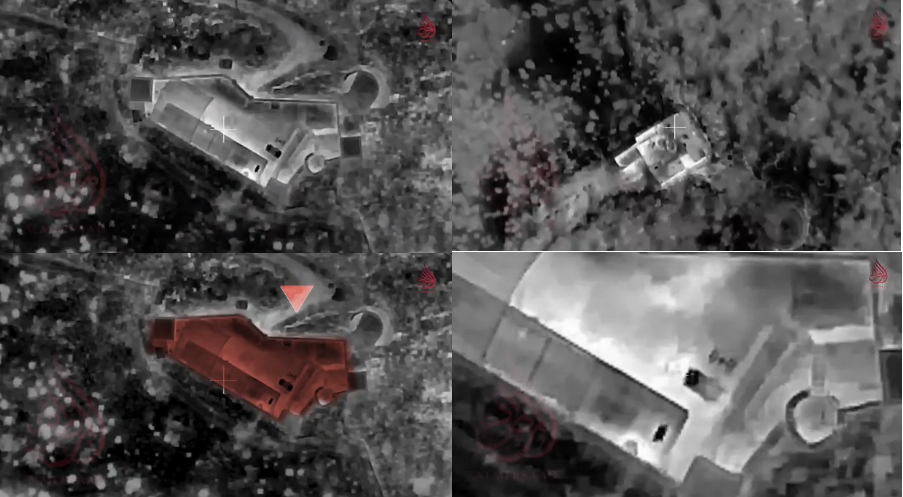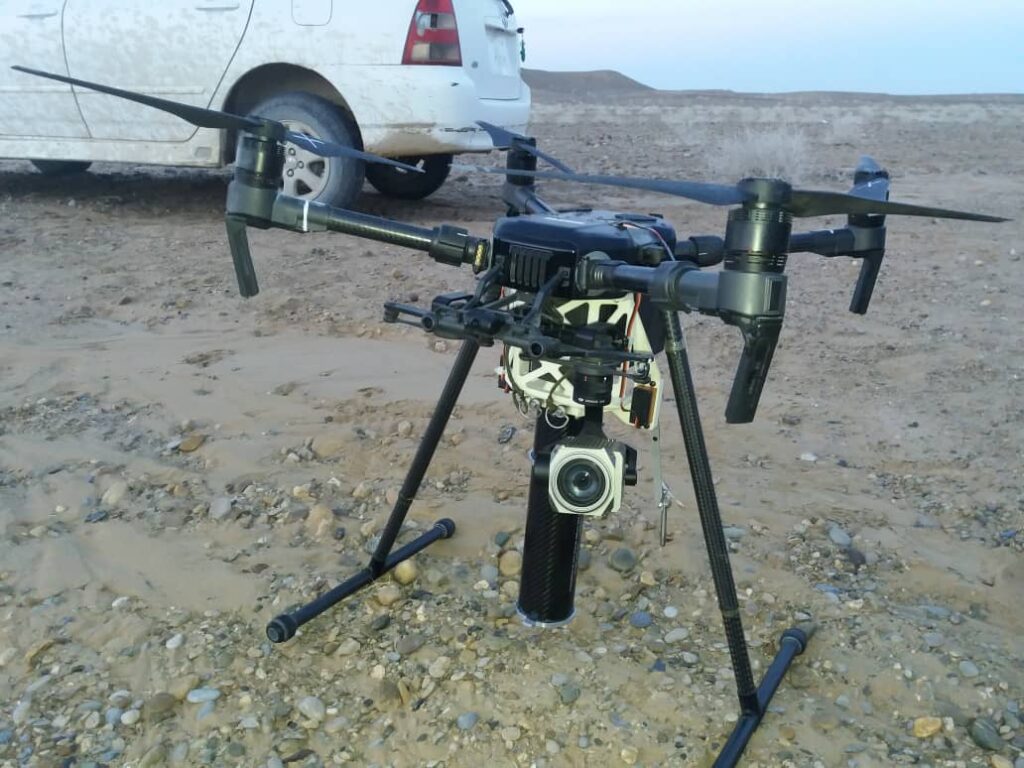Review of developments Afghanistan
In recent days, as tensions between the Taliban government and Pakistan intensified into a military clash, reports emerged regarding a Taliban drone strike on one or more Pakistani military installations. Al-Mersad Media, a news and analysis organization affiliated with the Taliban government, released two videos showcasing a Taliban drone attack deep within Pakistani borders, stating: “In the current operation, bases that launch drones into Afghan territory and infringe upon Afghan airspace have been struck.” In recent days, as tensions between the Taliban government and Pakistan intensified into a military clash, reports emerged regarding a Taliban drone strike on one or more Pakistani military installations. Al-Mersad Media, a news and analysis organization affiliated with the Taliban government, released two videos showcasing a Taliban drone attack deep within Pakistani borders, stating: “In the current operation, bases that launch drones into Afghan territory and infringe upon Afghan airspace have been struck.”
In these videos, quadcopters are seen flying over military installations and releasing explosives. This news and the accompanying footage, occurring during a military conflict between the two nations, have sparked inquiries regarding the operational capabilities of the Taliban government’s drone program. This note seeks to clarify this matter by referencing historical records.
The topic of Taliban drone attacks may be unfamiliar to some, yet for those who have been closely monitoring the situation in Afghanistan, the Taliban’s deployment of drones is precedent. In the concluding years of the conflict with the United States and Afghan government forces (likely around 2019), the Taliban established a drone unit as part of its military organization.
The Taliban drone team originally consisted of 12 individuals. All 12 individuals were engineering students from Kabul University who had affiliated themselves with the Taliban. The Taliban drone team acquired their initial drones from China via a private Afghan firm that specialized in agricultural equipment, and the components were illicitly transported into Afghanistan through Pakistan.

The drones, which were commissioned by the Taliban’s drone team, were designed to be lightweight, operate quietly, and perform effectively in challenging weather conditions as well as at elevated altitudes. The cost of each drone was $60,000.
The Taliban drone unit altered the drones by taking out the chemical pesticide tank and substituting it with a module designed to hold four cluster bombs, which can be launched using a computer-controlled mechanism.
These drones were employed in various instances, but one of the Taliban’s drone operations that garnered significant media attention was the assault on an Uzbek commander named Piramqol Ziaei in 2021. Piramqol was a leader of the Jamiat-e-Islami in Takhar province, commanding the forces that opposed the Taliban in their efforts to resist the group. His death resulting from a drone strike had a considerable impact, as Taliban assassinations had previously been executed through bombings or suicide missions; this marked the first occasion where the Taliban had removed a notable opposition figure via a drone strike.
In 2021, following the fall of Kabul, when troops led by Ahmad Massoud commenced their battle against the Taliban in Panjshir Province, the Taliban’s drone unit was crucial. Considering that the terrain of Panjshir was not well-known to the Taliban and the risk of ambushes existed, the majority of reconnaissance missions were conducted using drones.
Taliban’s drone capabilities after 2021
The Taliban have come to understand that the dynamics of warfare are evolving and that drones serve as an essential asset, particularly for nations lacking access to fighter aircraft. Accordingly, following the year 2021, they unified all of their drone units, which were stationed in three regions: the north, east, and south, and integrated them under the Ministry of Defense.
As reported by a British newspaper, the Taliban administration has established a military base in proximity to Kabul for the purpose of operating and enhancing its drone capabilities. Situated in Logar province, this base is focused on the construction of suicide drones. The components for these drones are primarily sourced from China and Turkey, with technicians from non-regional countries assisting the Taliban in their drone manufacturing efforts.
In spite of this endeavor and the assertion made by the British newspaper regarding the numerous test flights conducted from this base, it appears that the Taliban have not yet achieved the operational capability of a suicide drone. If they had attained such a level of proficiency, the radars of neighboring countries and the United States would have identified it, and this would have been reported.
Furthermore, during the recent conflict involving Afghanistan and Pakistan, the same outdated quadcopters were deployed, indicating that the Taliban’s drone capabilities remain at their previous level.
Related Articles
Pakistan’s airstrike on Kabul: A strategic mistake
Taliban military operations against Pakistan in 2025
Overall, the Taliban’s drone strikes deep within Pakistani territory targeting military installations is politically surprising, as it highlights the significant rifts between the two former allies. From a security perspective, this poses a concerning issue for the people of Pakistan, as it is viewed as a new threat emanating from Afghan territory against Pakistan. Should this capability be further developed, the circumstances for Pakistan will become increasingly challenging?

















